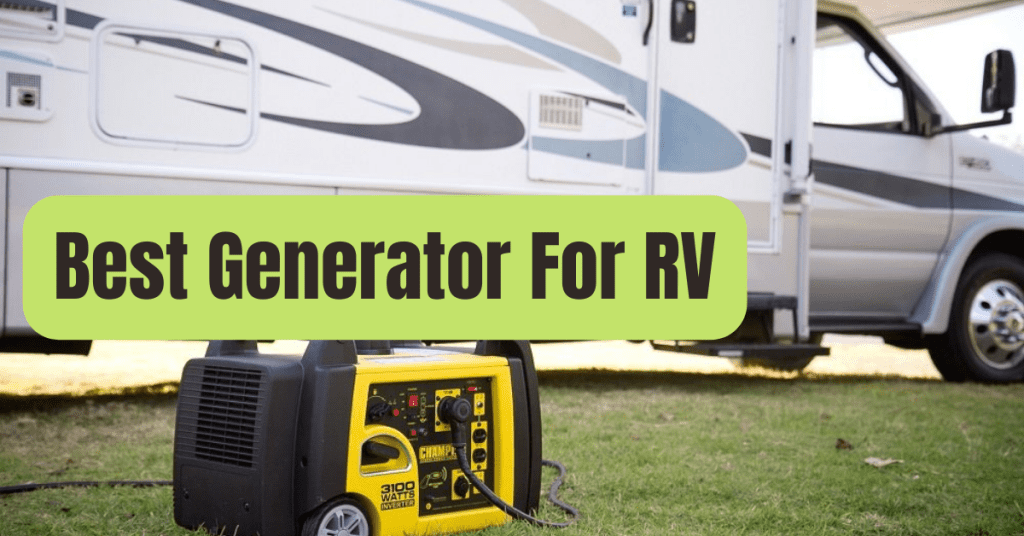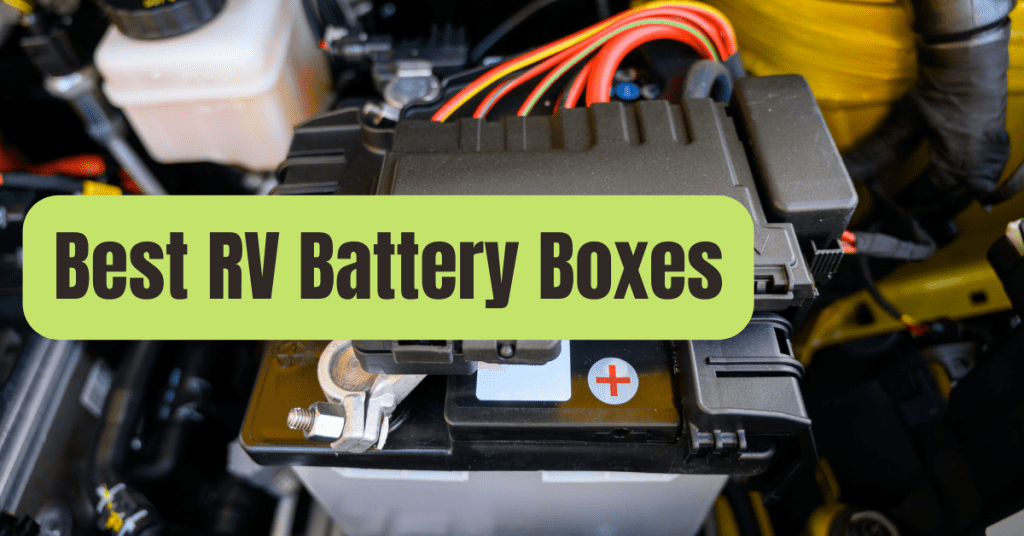While some RVers are eco-friendly minimalists who use little energy and abide by nature, others are unable to function without an air conditioner, refrigerator, large-screen TV, microwave, and hot water.
It’s critical to understand if your RV battery is capable of handling that load.
How long can it continue to power these gadgets before running out? It is sense to ask yourself, “How many amp-hours do I need for my RV?” before setting off on a journey.
The majority of RVers agree that 220 amp hours are sufficient to power a few appliances and a television.
This is not a universal solution, however.
How many appliances you’ll be using, whether or whether you want to bring a generator for charging, and other factors will determine how many amp-hours you require.
Continue reading to learn how to calculate the precise amount of amp-hours you will want for your camping excursions!

The Value of Understanding RV Amp Hour Requirements
It’s entertaining to know information about a vehicle’s top speed or what kind of vanity tires it can accommodate.
Always a wonderful topic for discussion.
But it’s also important to be aware of other numbers.
The electricity needs of your RV are one of them.
These are a few applications for it.
- Choosing an appropriate RV generator.
- Choosing a battery with enough capacity.
- Installing a compatible inverter with the AC/DC settings.
- If you’re going to an RV park, you’d be aware of your use restrictions.
- You may pay if you use a friend’s electrical outlet jointly.
- Your electricity bill wouldn’t come as a surprise.
- A power outage won’t stop you on your journey.
- To match the battery, you may adjust the number of appliances.
First, Some Technical Terms
It’s important to clarify a few concepts in order to comprehend the whole process of power requirements:
#1. Voltage
This is the maximum amount of electricity that a generator or battery can produce.
It is the power that propels a current across a wire and ultimately ignites a gadget.
A room may be illuminated by moving a motor, providing a heater with enough power to start heating up, or stimulating a wire within a light bulb.
The voltage conveys how strong of a motivation there is for electrons to go along a wire.
#2. Current
This is the maximum amount of electrons that can pass through a wire or conductor in a second.
If you link a small LED bulb to a basic circuit that is connected to a 1.5-volt battery, the lamp will turn on as soon as the switch is closed.
This is due to the fact that current travels via the cables and from the battery to the LED bulb.
Similar to water flowing through a conduit, current will be abundant if the tube is big and there is no resistance to the water.
The voltage in a circuit is analogous to the water pressure at the faucet.
Alternating current (AC) or direct current (DC) (AC).
Specifically how power is produced will determine this.
The chemical process that produces electricity from a battery always maintains the polarity of each terminal.
A dynamo turns motion into electricity to produce AC current.
The frequency component of an AC current is produced by the dynamo’s 50–60 polarity shifts each second.
Higher amp devices are often powered by AC sources and operate big motors or generate a lot of heat.
Stoves and air conditioners are two examples.
#3. Power
A circuit’s condition cannot be accurately described by voltage or current alone.
Power was developed by scientists as a result.
Both the current and the voltage have produced this thing.
The sentence is as follows:
Voltage (volts) x current equals power (watts) (amps)
This is a reliable indicator of both the capabilities of an electric source and the electric requirements of any equipment.
Wattage is often used to grade generators.
For instance, RV generators often have ratings of 3500 watts.
#4. Power Hour
Most equipment has a set operating time.
You may run the electric kettle for one minute, the hairdryer for ten minutes, the TV for thirty minutes, and the air conditioner for the whole day.
Each of these gadgets has a power rating in watts and a running time rating in hours.
Therefore, it makes sense to say that the combined power consumption is a result of the two entities.
Power rating (watts) x running duration equals power use (watt-hours) (hours)
This figure, which is often stated as KW hour, is also the one that shows on your power bill.
The ‘K’ indicates that the amount of watts registered is in the thousands.
This represents a household’s typical energy usage.
#5. Watt Hour
The use of a battery is specifically mentioned here, however this also defines power usage.
The rating for a battery’s capacity is often expressed in amp-hours (AH), which is the amount of power it can store for a certain period of time before running out.
Often, you may use twice as much of this rating for your appliances.
Therefore, divide the amp-hour amount by two when you read the rating on the battery label.
Only half of the battery’s capacity may be used at a time.
By utilizing this simple method, you may convert watt hour to amp hour with ease:
Voltage (volts) x current equals power (watts) (amps)
Voltage / power (watts) equals current (amps) (volts)
Power (watts) x time equals power usage (watt hour) (hours)
Power consumption (watt-hours) divided by voltage equals current consumption (amp-hours) (volts)
What you should actually pay attention to is the final sentence.
You may determine your RV’s amp hours in this manner.
This will become evident when we go into greater depth in the next section.

How Can I Figure Up The Rv’s Watt And Amp Hours?
Despite the calculations, this process is really straightforward.
Step 1: Read the Labels
Make a list of every appliance you own, and record the rated voltage and current for each.
On the label, there would also be a number of additional numbers and a number of quality markers, but ignore all of that.
Step 2: Determine Each Appliance’s Power Usage

Determine each device’s power in watts by multiplying the current and voltage you just noted from the labels.
You can read out the appliance’s power usage with a wattmeter if the label doesn’t provide the voltage or current (see on Amazon).
You may as well account for it by writing a larger figure or reading it out from the wattmeter as certain appliances consume a surge of power when they first start up.
Divide each power rating by the longest possible operating duration.
You should now know how much electricity each gadget uses.
You may also purchase gadgets that you can connect your appliance directly into to determine the precise power requirements of each one.
One of my favorites is this.
Step 3: Total Up the Predicted Power Consumption
Calculate the amount of electricity used by the 120-volt appliances that are powered by shore power.
Repeat the process for the 12 volt DC (battery-powered) devices.
You might calculate the needed amount of electricity in watt-hours by adding together all these variables.
Step 4: Convert To Amp Hours
To get the amp hour number for power consumption, do a quick mathematical calculation of power conversion.
Power (amp hours) equals needed power (watt hours) divided by voltage (volts)
Conclusion
The choice of batteries and how an appliance is used are entirely dependent on how accurately the power needs are estimated.
You may confidently start planning a great vacation at this stage!
This was the simplest method for determining how many amp-hours your RV battery would need.
To make sure your estimates match your actual consumption, you may also put a monitor on your battery.
After that, modify as necessary.
By doing this, you can guarantee that you’ll have a plenty of reliable power during your journey.










